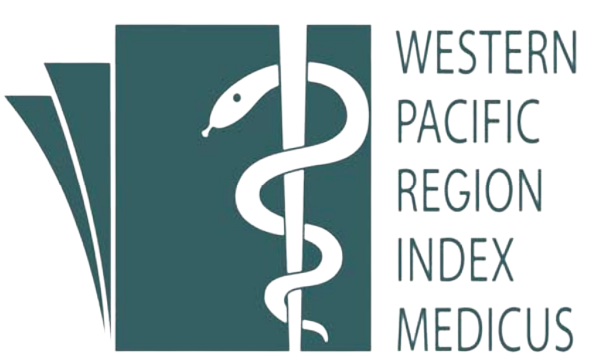Abstract
Background: A color-stained sheet was recommended to evaluate various occlusal contact patterns during sleep.
Objectives: The study aimed to assess the occlusal contact patterns and to survey the status of TMD symptoms related to occlusion patterns in sleep bruxers.
Materials and methods: 30 patients who visited Hue University of Medicine and Pharmacy Hospital were diagnosed using criteria suggested by American Association of Sleep Medicine and the EMG Logger. Then, they were fitted with a Bruxchecker® to examine the occlusal contact patterns. The Diagnostic Criteria for Temporomandibular Disorders (DC/TMD) was utilized to detect temporomandibular disorders.
Results: The average bruxism index in the male group was higher than in the female group, 10.42 ± 4.47 and 9.38 ± 2.32 respectively (p>0.05). The ICPM (incisor-canine-premolar-molar) + MG (mediotrusive guiding) pattern occupied the largest proportion (93.3%). There were no IC, IC + MG, or ICP patterns. Nearly all of the quadrants (98.3%) showed an MG pattern. The percentage of sleep bruxers with clicking, arthralgia, masseter myalgia, and temporalis myalgia were 50%, 33.3%, 80%, and 33.3% respectively.
Conclusions: The ICPM and MG (when evaluating laterotrusive and mediotrusive contact respectively) were common occlusal contact patterns in adult sleep bruxers. The proportion of TMD symptoms in adult sleep bruxers was relatively high
| Published | 2024-12-25 | |
| Fulltext |
|
|
| Language |
|
|
| Issue | Vol. 14 No. 6 (2024) | |
| Section | Original Articles | |
| DOI | 10.34071/jmp.2024.6.21 | |
| Keywords | sleep bruxers, Bruxchecker®, occlusal contact patterns, temporomandibular disorders. |

This work is licensed under a Creative Commons Attribution-NonCommercial-NoDerivatives 4.0 International License.
Copyright (c) 2024 Journal of Medicine and Pharmacy






